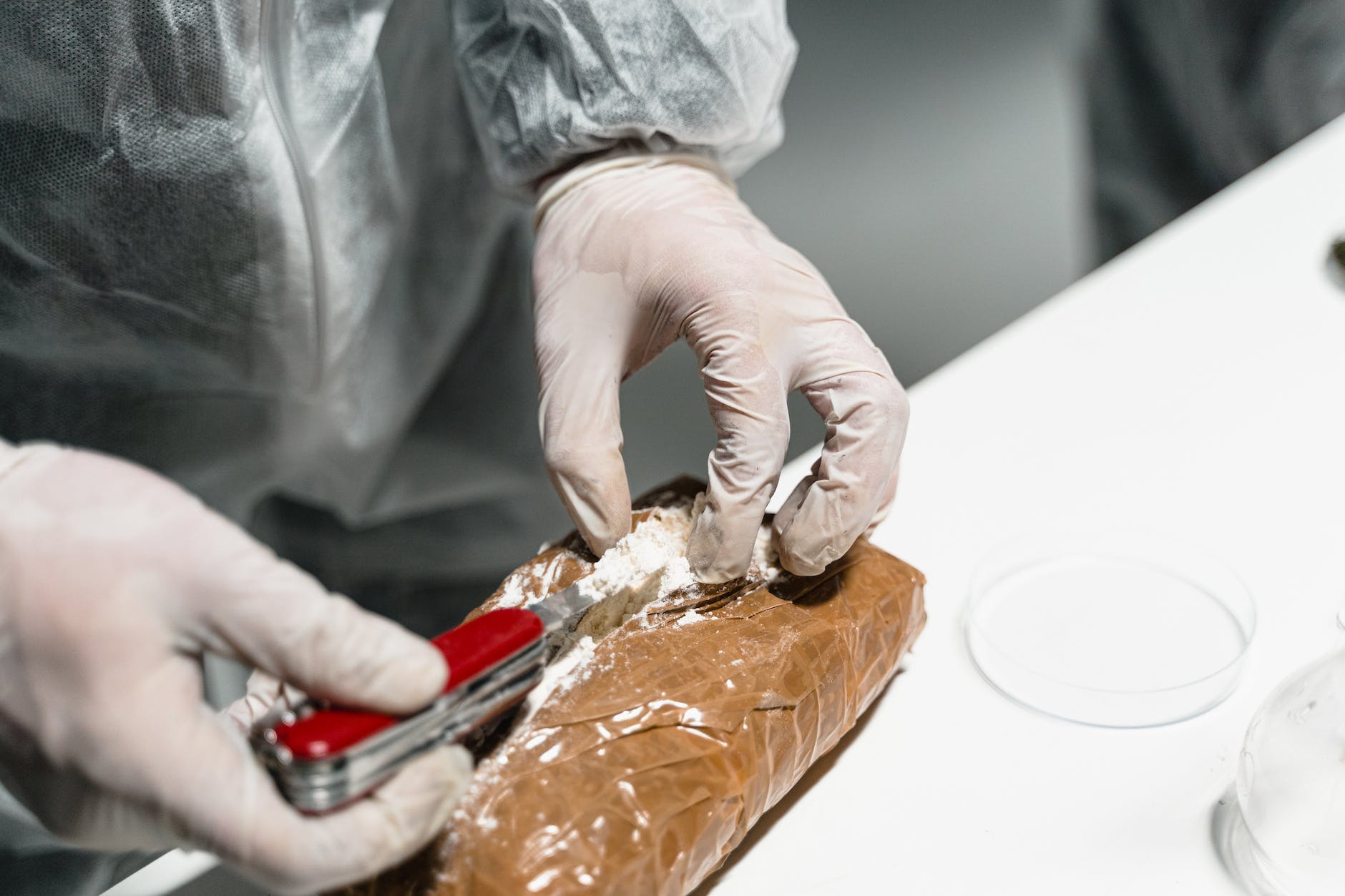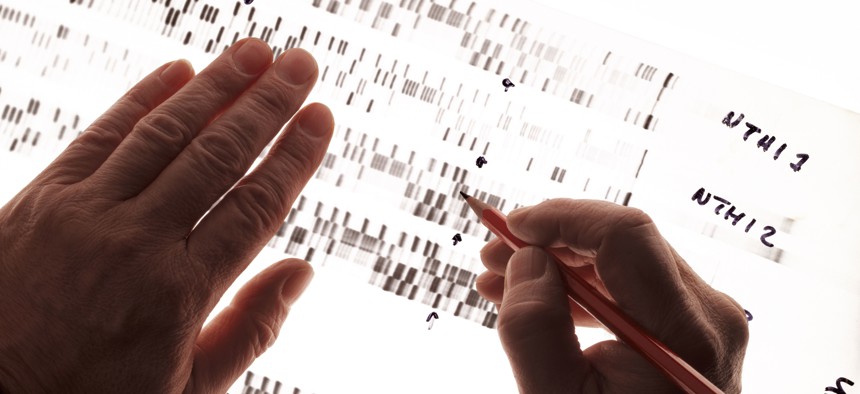Alternative High DNA-Yielding Bone Types for Aged Skeletal Remains
Discover alternative bones for DNA extraction from aged skeletal remains. Learn how calcanei, tali, and femurs compare to petrous bones in terms of DNA yield…
Presumptive Drug Identification by Ninhydrin Fingerprint Analysis: A Forensic Breakthrough
Explore how ninhydrin fingerprint analysis can help in presumptive drug detection. Learn about its application in identifying drugs like methamphetamine and cocaine through fingerprint color…
Enhancing Latent Palmprints Using Frequency Domain Analysis
Explore how frequency domain analysis revolutionizes latent palmprint enhancement, offering superior accuracy and efficiency in forensic investigations.
Multiplex PCR and Droplet Digital PCR for Accurate Body Fluid Identification
Explore the development of a novel multiplex PCR assay and the application of droplet digital PCR (ddPCR) for the accurate identification and quantification of saliva…
Unveiling the Hidden Pitfalls: How Multiple Comparisons Erode Forensic Evidence
Discover how the hidden practice of multiple comparisons in forensic science, especially in wire-cut examinations, can increase forensic error rates, leading to potential wrongful convictions…
Bloodstain Pattern Analysis in Microgravity: A New Frontier in Forensic Science
This study explores the unique challenges and observations of bloodstain pattern analysis in microgravity, providing insights into how forensic science can adapt to extraterrestrial environments.
DNA Recovery After Sequential Processing of Latent Fingerprints on Black Polyethylene Plastic
Understanding the balance between fingerprint visualization and DNA recovery on plastic substrates can significantly improve forensic analysis outcomes. This study examines the effects of sequential…
Unlocking the Secrets of Death: Carrion Insects in Forensic Science
Groundbreaking research from Athens, Greece, offers new insights into carrion insects' role in forensic science, highlighting the urgent need for standardized research protocols.
Airborne DNA And Its Potentials as a eDNA Source
Unveiling the potential of environmental DNA (eDNA) collection from air for forensic investigations, this review discusses methodologies, applications, challenges, and the path forward in integrating…
Use of Pollen Assemblages as Forensic Evidence in Non-Seasonal High-Altitude Soils
This study highlights the innovative use of pollen assemblages as forensic evidence in high-altitude, non-seasonal soils, providing new insights into criminalistics.
A Novel NIR-Emissive Dye for Latent Bloodstain Detection
Discover a groundbreaking study on a novel NIR-emissive dye for latent bloodstain detection. Explore its synthetic design, photophysical properties, and practical applications in forensic investigations.
Comparative Analysis of DNA Preservation in Teeth: Key Insights for Forensic Research
Discover how type and age impact DNA preservation in teeth. Learn about key findings on permanent vs. deciduous teeth and the role of cementum in…
Detecting Drug Exposure Long After the Fact: A Revolutionary Breakthrough
Novel blood protein modification assay detects drug exposure long after traditional tests. Research supported by NIJ grant; led by Dr. Anthony P. DeCaprio.
Enhancing Eyewitness Identifications: A Breakthrough in Reducing Wrongful Convictions
A recent study published in the Proceedings of the National Academy of Sciences (PNAS) presents a groundbreaking approach that could significantly improve the accuracy of…
The Whistle Blown on Flaws in Forensic Science: Concealing Evidence in Cartridge-Case Comparisons
A recent study conducted by researchers at Iowa State University reveals concerning issues in the way forensic experts handle cartridge-case comparisons. The study suggests that…
Unraveling Methylamphetamine Toxicity: Insights from a Decade-Long Study in Victoria, Australia
A recent retrospective observational study conducted in Victoria, Australia, investigates the role of methylamphetamine (MA) toxicity in deaths reported to the Victorian Coroner between 2010…
Repeatability and Reproducibility of Comparison Decisions by Firearms Examiners
A study assesses the consistency of firearms examiners, finding high reliability for definitive Identification and Elimination conclusions but significant variability in the use of the…
Unmasking DNA Extraction Challenges in Illicit Drug Analysis
In the realm of forensic science, a recent study has spotlighted the complexities of DNA extraction from illicit drug-related powders. Published in "Forensic Science International:…
A New Strategy to Speed Up Cold Case Investigations
A new mathematical analysis could crack cases of unidentified persons and their relatives 10 times faster.
DNA is often used in solving crimes. But how does DNA profiling actually work?
So what is DNA profiling and how does it work – and why does it sometimes not work?
























